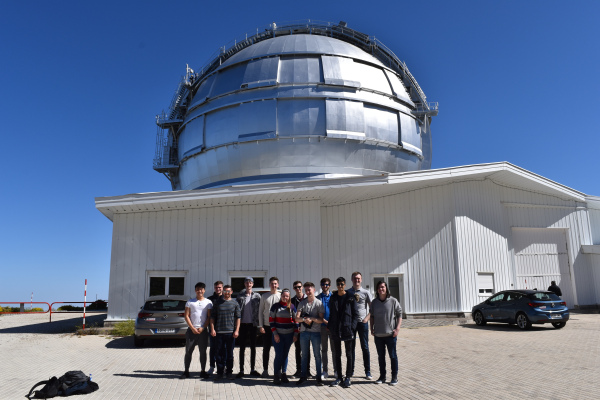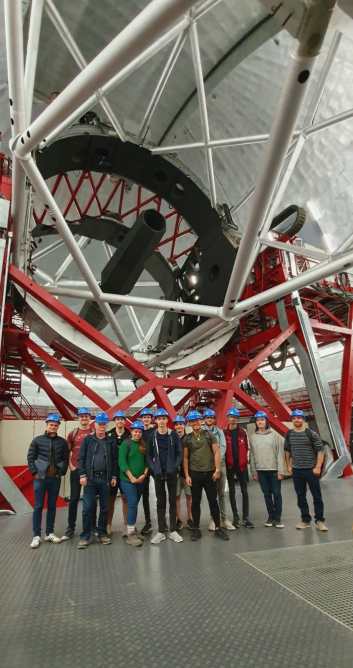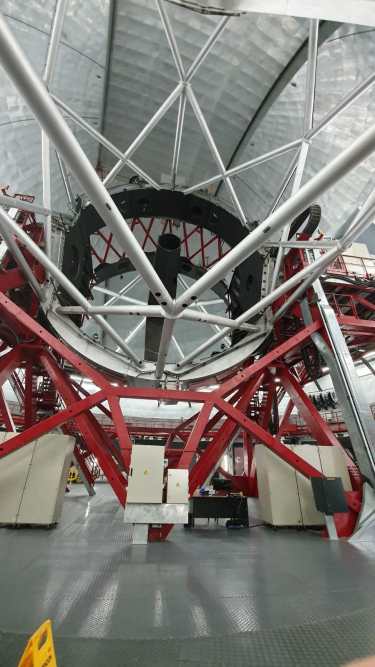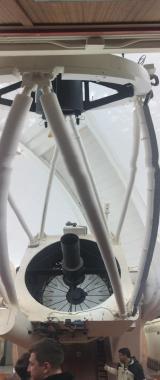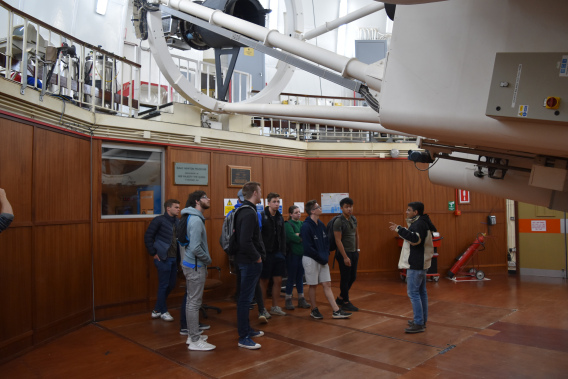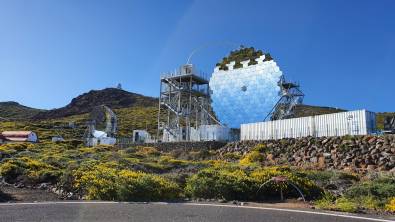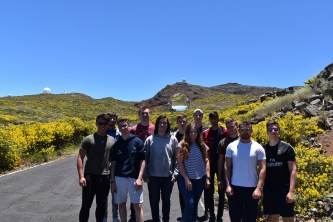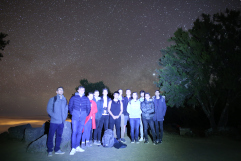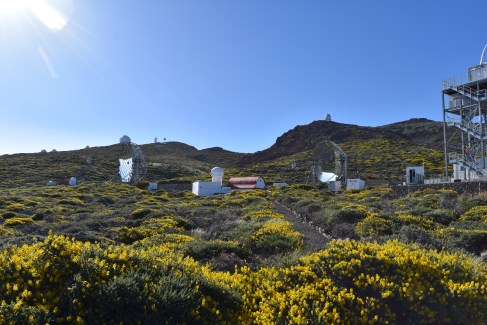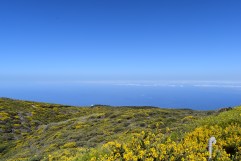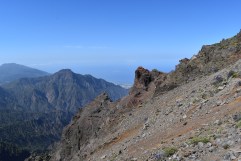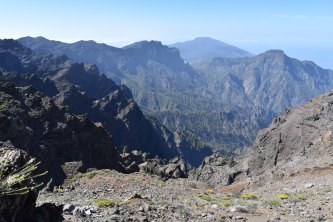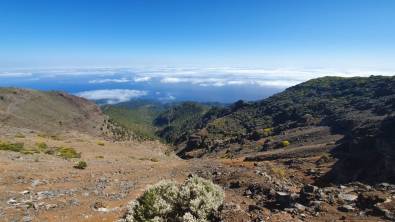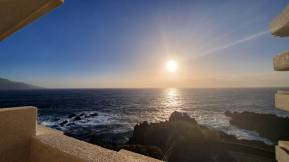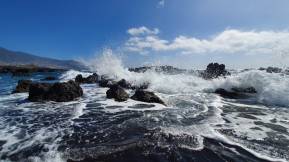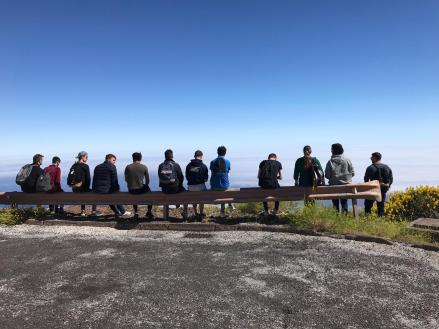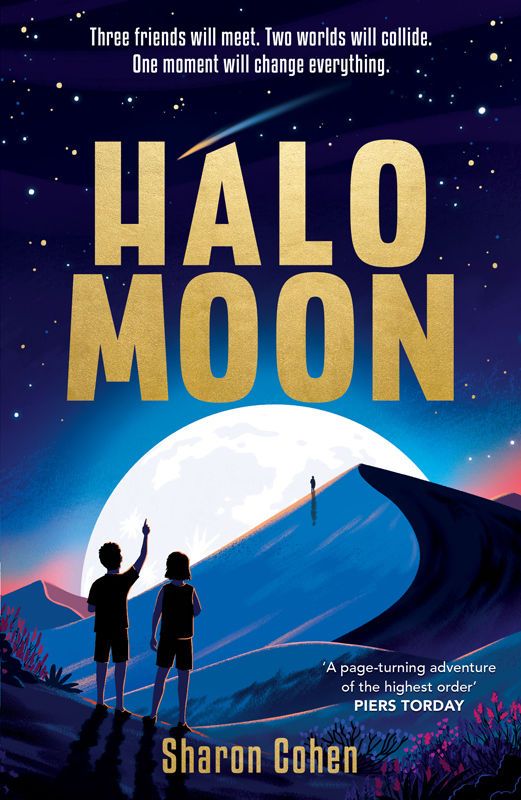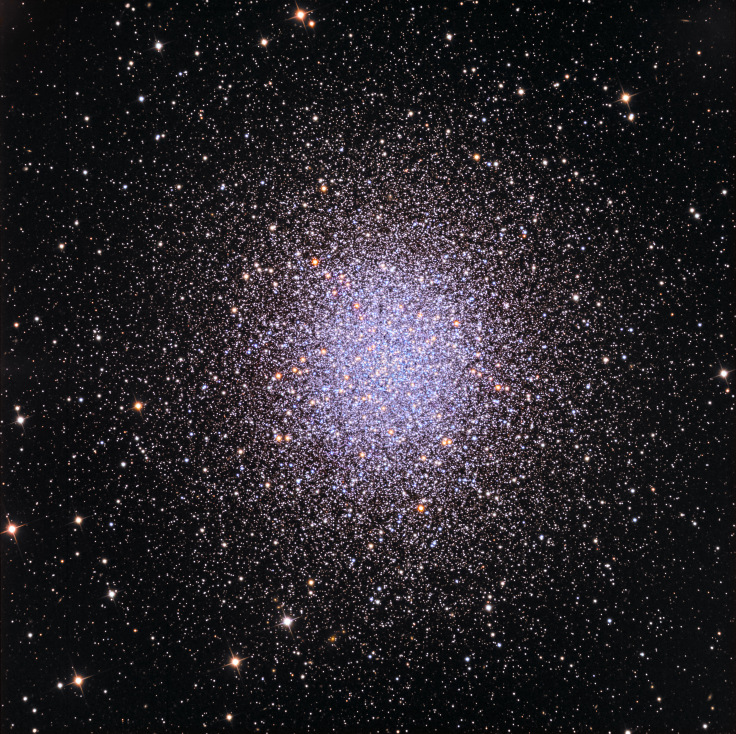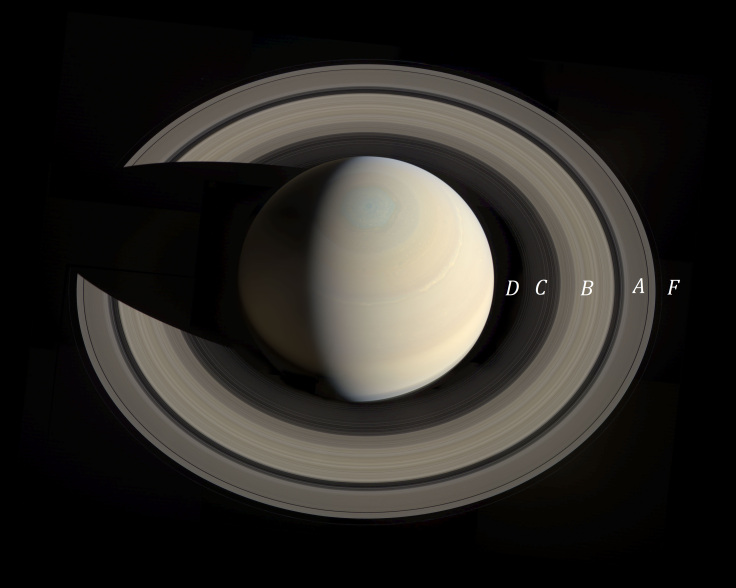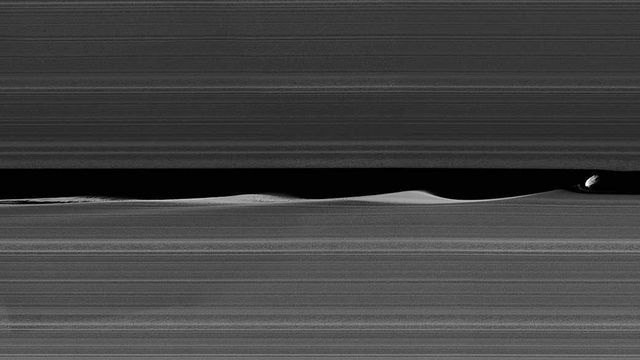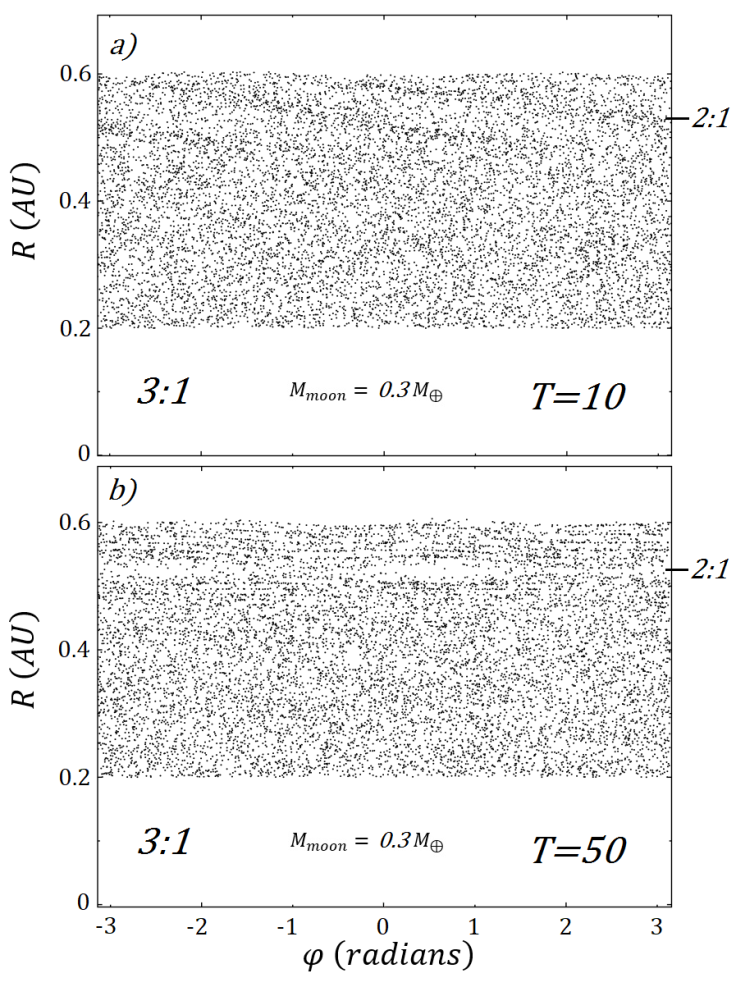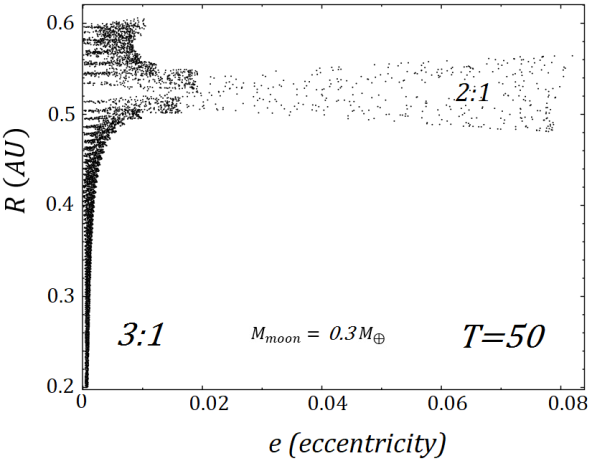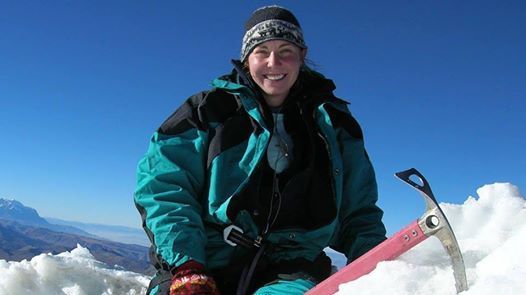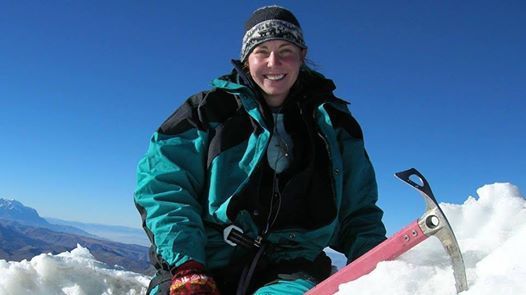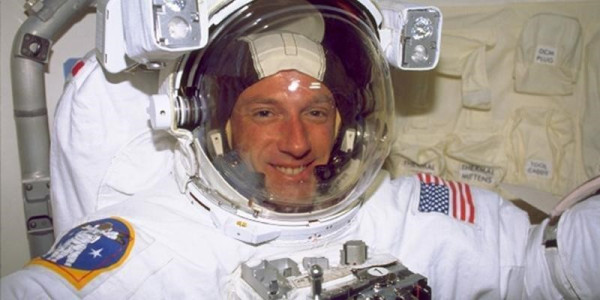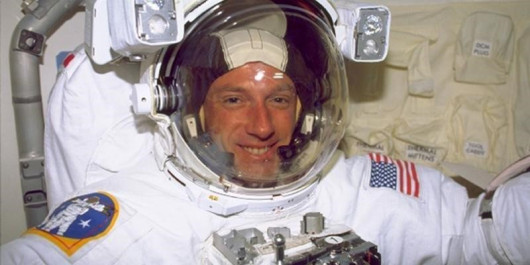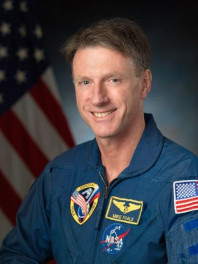On 23rd May the third year physics students in the School of Mathematics and Physics went on a week long field trip to La Palma in the Canary islands. The purpose was to visit Roque de Los Muchachos Observatory which houses one of the largest collection of professional telescopes in the world:
- MAGIC (telescope) – 2 x 17 m gamma-ray imaging Cherenkov telescopes
- Gran Telescopio Canarias – 10.4m reflecting telescope
- William Herschel Telescope – 4.2m reflecting telescope
- Telescopio Nazionale Galileo – 3.58m reflecting telescope
- Nordic Optical Telescope – 2.56m reflecting telescope
- Isaac Newton Telescope – 2.5m reflecting telescope
- Liverpool Telescope – 2.0m robotic telescope
- Mercator Telescope – 1.2m reflecting telescope
- Swedish 1-m Solar Telescope – 1.0m solar telescope
- Jacobus Kapteyn Telescope – 1.0m reflecting telescope
- Dutch Open Telescope – 0.45m reflecting solar telescope
- Carlsberg Meridian Telescope – 0.18m refracting telescope
- SuperWASP – 5 wide angle cameras with 0.11m diameter lenses
Physics students in their third year take a module in the second semester titled “Physics of the Universe”. This introduces them to some of the key physics at all scales in the universe, from planets all the way to cosmological scales. The final assignment for this module was based on the trip where students had to use the same software used by professional astronomers at La Palma to plan their observations.
During the trip students got to visit the 10.4m GTC (Gran Telescopio Canarias) and the 2.5m Isaac Newton Telescope.
GTC (Below)
Isaac Newton Telescope (Below)
The Magic Telescopes (Below)
During their time on the island and at one of the best locations in the world for astronomical seeing students also got the chance to make their own observations up the mountain (Below).
There was also some free time during the week to enjoy the spectacular scenery on the island.
